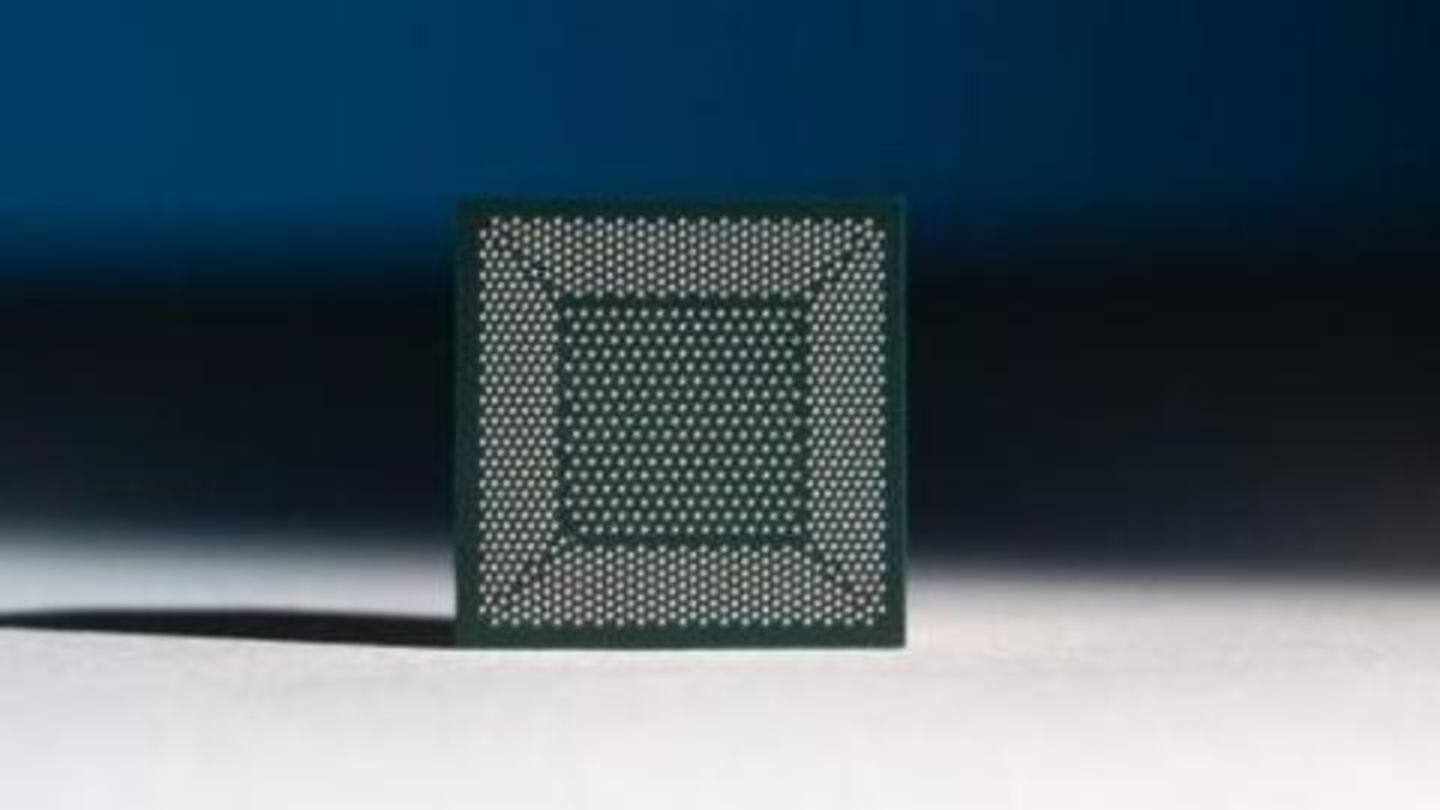
Intel's neuromorphic chip can 'smell' 10 different odors
What's the story
In a major development, a team of researchers from Intel and Cornell University has trained a neuromorphic chip to 'smell' 10 different odors. The novel system, they say, could eventually be evolved to come up with electronic noses or machines capable of detecting precursor smells associated with explosives, narcotics, weapons, even diseases. Here's all you need to know about it.
Work
Training Intel's Loihi chip to recognize odors
The joint team used Intel's Loihi neuromorphic chip and configured its silicon circuits according to the brain's olfactory circuitry. When you smell something, the molecules stimulate olfactory cells in the nose, which then send signal to the brain's olfactory system, resulting in the firing of electrical pulses giving a sensation of smell. The team mimicked this circuitry on the Intel-developed chip.
Information
Data from 72 chemical sensors used for training
The algorithm paired with the chip was trained on datasets that included the response of as many as 72 chemical sensors to different smells. This ultimately allowed it to detect various smells through random data from chemical sensors.
Capabilities
At present, it can detect 10 smells
At present, the team says, the chip can detect 10 different smells, including that of acetone, ammonia, and methane. They claim that the algorithm learned to identify each smell from a single sample and can even work when stronger smells are present. This is particularly impressive, given that other systems had to be trained on 3,000+ more samples for this level of accuracy.
Advantage
Hopes to develop systems for detecting hazards
Nabil Imam, a neuromorphic computing lab researcher at Intel, says that the work on this chip can eventually lead to neuromorphic systems capable of sniffing smells from dangerous explosives, weapons, and diseases. "We are developing neural algorithms on Loihi that mimic what happens in your brain when you smell something," he said, noting that "this work...provide[s] important sensing capabilities that could benefit various industries."
Loihi chip
Loihi carries 130,000 artificial neurons
Loihi chip makes an ideal candidate to mimic the olfactory circuitry of the brain as it features a 60-millimeter die size and contains over 2 billion transistors, 130,000 artificial neurons, and 130 million synapses, as well as three managing Lakemont cores. Importantly, the chip also features a programmable microcode engine for on-chip training of AI models for the implementation of adaptive, fine-grained parallel computations.
Information
Other teams also working on odor identification
Apart from Intel and Cornell University researchers, a Google team is also working on an AI system to recognize various scents. Meanwhile, some Russian researchers are also developing an AI-based approach to detect a mixture of gases that could be dangerous for humans.